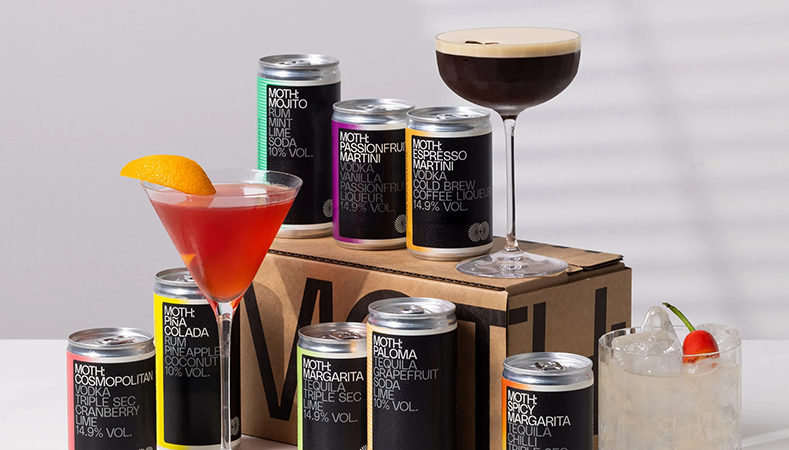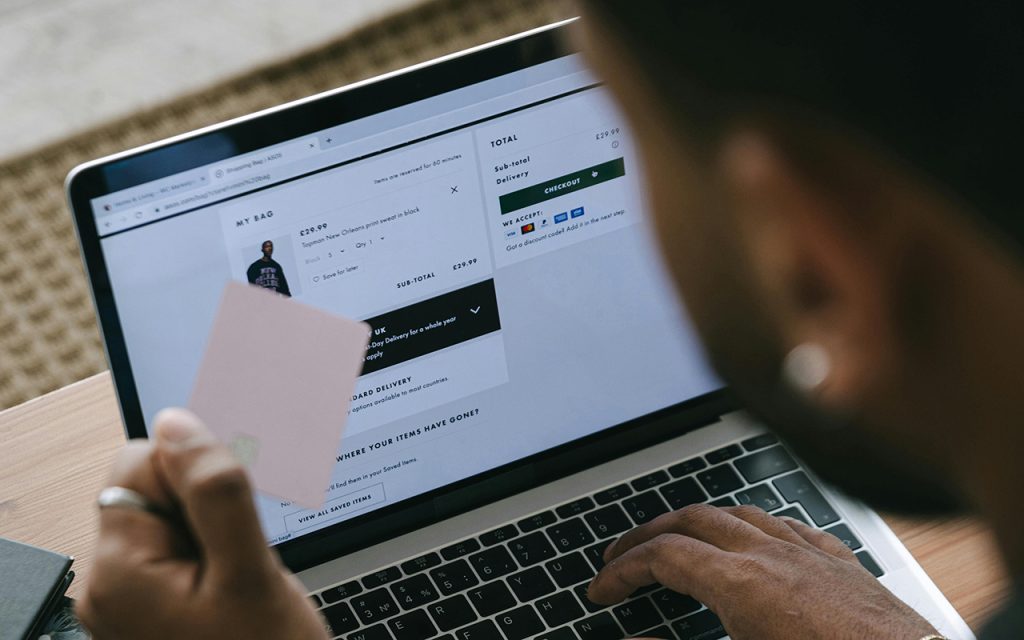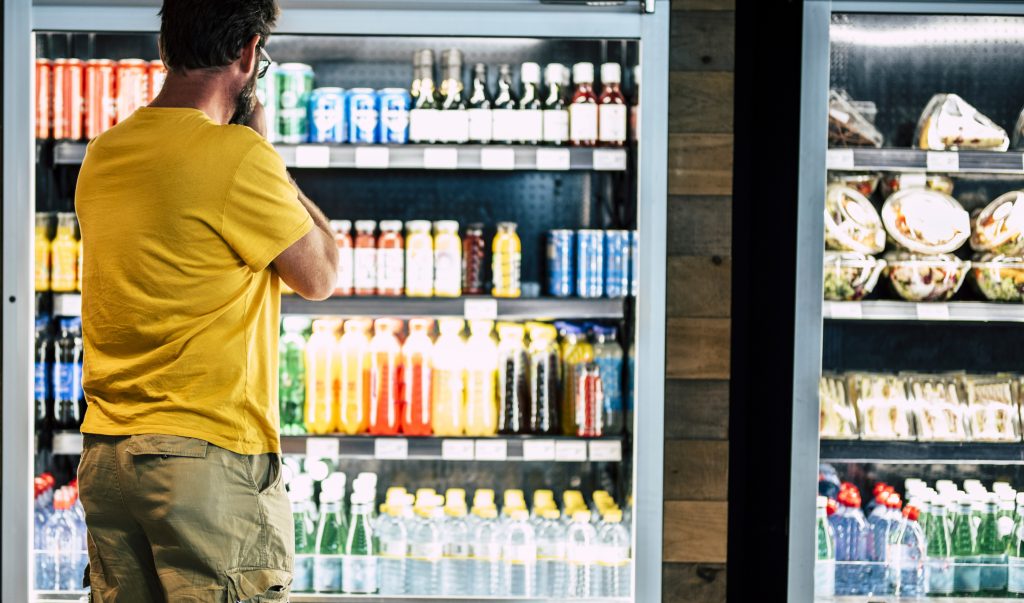The hospitality sector is facing crisis. Not only is it under the same external pressures as other industries, it is also being challenged by high rental prices, increasing business rates, staffing problems associated with Brexit, the cost of regulatory compliance, and rising wages. Crucially though, competition is as fierce as ever so there is an increased need to diversify and create compelling reasons to get people through the door. It’s no longer good enough to simply offer exotic menus or fancy cocktails; those should be a given. Your venue increasingly needs to look uniquely inviting or better still offer new and exciting experiences by becoming a “destination venue”.
But for the companies who get it right, the hospitality sector is a fabulously exciting space to be.
Here are our top tips on how to best protect your hospitality brand. Imitation is the sincerest form of flattery or so the saying goes but how can you stop the copycats and under what circumstances?
- Secure ownership of your unregistered rights
Did you know that as soon as you create an original piece of work you own the copyright and/or design rights in it; in other words no action on your part to register them is needed? Protected works are wide-ranging and include the interior design of your venue and in some cases even its layout, the text, logos and designs on menus, websites and signage and even the shape and appearance of your 3D displays. In addition to registered rights, copyright and unregistered design right can offer great protection. For example, you might have heard that Nando’s recently enforced the look and feel of their restaurants against Reading-based chicken restaurant “Fernando’s”. In addition to their various registered rights, they asserted rights in “all things” that make them who they are, from the presentation of their menu to their Rooster and even their red chilli images.
But in order to be able to do this, you must make sure you keep a good record of when works are created to show you own the rights. It’s critical to lock down your ownership, since if you can’t show the rights are yours; it will be tricky to take action against a third party!
Remember that if you commission a design, for example through a branding agency or interior design company, they will own the rights in the first instance unless your contract with them says otherwise. So make sure you get the copyright assigned back to you – the transfer of rights is not automatic!
- Obtain registered protection
Registered rights are more clear-cut and will help you protect your business against competitors and copycats, or even licensees or franchisees. They are usually easier to enforce because they are more easily proven than unregistered rights. Note also that with unregistered rights such as copyright, you need to show that the third party had access to and actually copied your creation; it’s not enough if they created it independently, even if it is identical to yours! With a registered right, by contrast, there is no need to prove there has been deliberate copying.
Trade marks are signs which help consumers distinguish your venue from those of your competitors. Registering the name of your venue and any other distinctive words or logos which form part of your main branding is key, but it can sometimes also be worth registering the names of signature dishes, sauces, cocktails etc. Do also think laterally – you can get a registered trade mark for all kinds of things, including designs without words, signage, colours, 3D displays and even potentially the internal layouts of venues. For example, Apple famously acquired US trade mark protection for the distinctive design and layout of their retail stores. Though it is harder to protect such signs in the EU, if you can show they are capable of distinguishing your business from others then it may still be possible.
This is particularly good news if you own a franchise or want to grow your business in this way, since such business models rely heavily on consistent layouts and designs of locations. They also rely heavily on the franchisor’s ability to protect and control key features of the brand. In this way, these kinds of “non-traditional” trade marks offer an additional and robust level of protection where you might otherwise have been forced to rely on the law of passing off (hard or impossible in a country where you’ve not yet traded or own only one venue).
Registered designs can also protect key aspects of your venue which are novel in appearance like your bespoke furniture, seating plans and even its internal layout. They are relatively inexpensive and very easy to secure, since their validity is properly examined only if it is challenged by a third party, usually in the context of litigation. In the meantime, they can act as strong deterrent and proof that you own the rights to a particular design, rather than relying on their nebulous unregistered cousin (which as above, also requires there to have been actual copying, not just inadvertent similarity).
- Be consistent and vigilant
Think of your venue as the first of many and try to identify and capitalise on distinctive designs early on, by repeating them at various locations. This will help with marketing and building up consumer recognition, but will also make it more obvious when someone is trying to copy you. Early warning of problems will make your life much easier, so stay alert to the market around you and take swift action if necessary. Get your partners/collaborators and even customers to keep an eye out for any copycats and let you know as soon as they see a problem. Keeping ahead of the competition in this way can be key to the success of your business, helping you both to manage risk and save money in the long run. It will also ensure your venue continues to stand out in this competitive market
If you’ve sought registration, make sure you educate your consumers and make it obvious to your competitors that you have registered your rights by using the ® symbol for trade marks or © when asserting copyright. For any trade marks you haven’t yet registered, you can use the letters TM.
- Make sure your business partners and employees sign robust contracts
This applies equally to your designers, franchisees/collaborators and anyone else you’re working with. Make sure the contracts include clauses that acknowledge you as the owner of any IP rights and prevent the other party applying to register them (i.e. as trade marks or designs) or using them without your permission. As above, keep proof of ideas such as email exchanges, notes jotted down during conference calls, and side-by-side snapshot comparisons of artwork. View your business-oriented conversations as hotspots for sensitive material, and ask partners or collaborators to sign NDA’s. Hopefully you will never need to rely on these agreements but relationships do break down and being smart at the outset will help to protect you.
To discuss your intellectual property needs, please contact Ed Carstairs via edward.carstairs@gje.com.





